Scotland’s islands are scattered with the crumbling remains of once-mighty castles that stood guard over turbulent waters and warring clans. These stone sentinels, battered by centuries of Atlantic storms and Highland feuds, tell stories of power, betrayal, and survival in some of the most remote corners of the British Isles.
From the Hebrides to the Northern Isles, these fortress ruins cling to clifftops and rocky shores like ancient guardians still watching over their domains. Each ruin represents a piece of Scotland’s wild history, where medieval lords ruled their island kingdoms with iron fists, and stone walls were the only thing standing between prosperity and destruction.
Here is a list of 19 Scottish castle ruins on island outposts that showcase the raw power of nature reclaiming these once-formidable strongholds.
Kisimul Castle
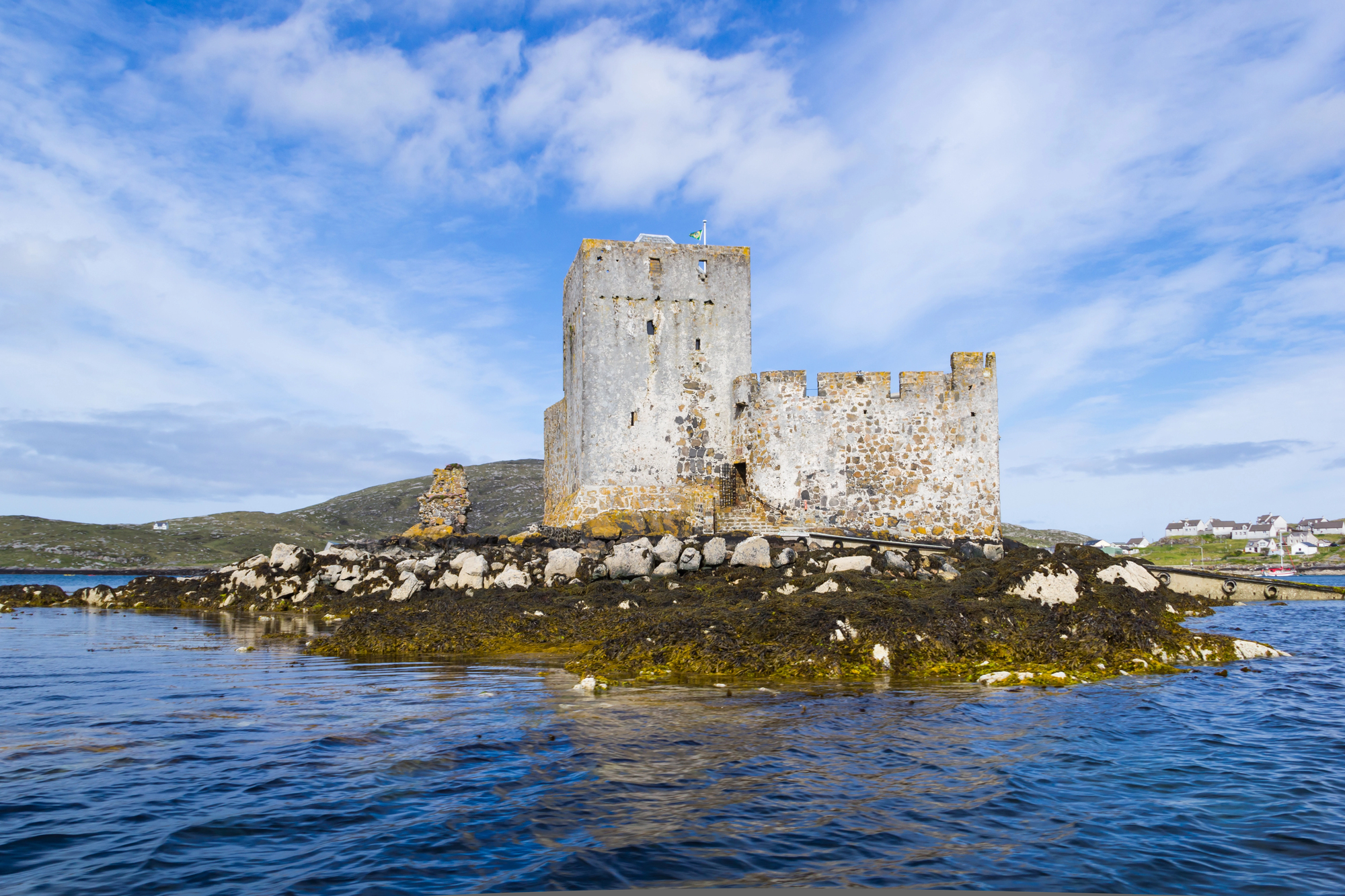
Rising from a tiny rocky island in Castlebay on Barra, Kisimul Castle appears to float on the water as if conjured from a Celtic legend. This medieval stronghold served as the ancestral seat of Clan MacNeil for over 600 years, controlling the southern approaches to the Outer Hebrides.
The castle’s unique position meant it could only be reached by boat, making it virtually impregnable during times of conflict. Today, visitors can still take a small boat across the shallow bay to explore the restored great hall and climb the tower for panoramic views of the surrounding islands.
Castle Tioram
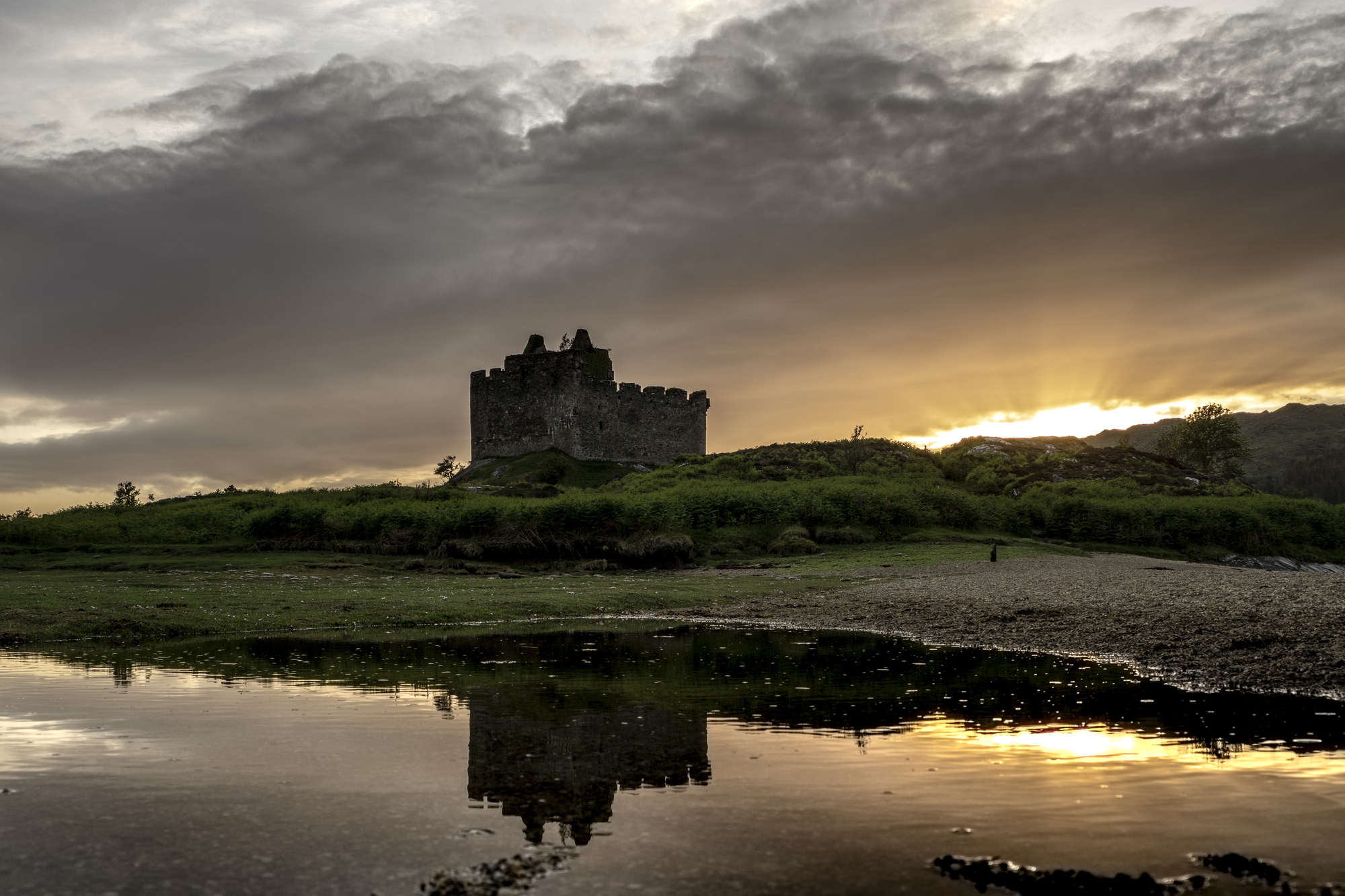
Perched on a tidal island in Loch Moidart, this 13th-century castle becomes completely cut off from the mainland during high tide. The dramatic ruins sit against a backdrop of Highland mountains, creating one of Scotland’s most photographed castle scenes.
Castle Tioram served as the stronghold of Clan MacDonald of Clanranald until it was deliberately burned in 1715 to prevent it from falling into government hands. The castle’s name means ‘dry land’ in Gaelic, referring to its tidal island location that transforms from mainland to island twice daily.
Duart Castle

Standing proudly on a rocky outcrop on the Isle of Mull, Duart Castle has been the seat of Clan MacLean for over 700 years. The castle’s strategic position at the entrance to the Sound of Mull allowed it to control maritime traffic between the Inner Hebrides and the Scottish mainland.
Though partially ruined, much of the castle has been restored and still serves as the clan’s headquarters. The views from the castle walls encompass the islands of Lismore, Jura, and the distant peaks of Ben Nevis on clear days.
Like Travel Pug’s content? Follow us on MSN.
Mingary Castle

This hexagonal fortress on the Ardnamurchan Peninsula commands stunning views across the Sound of Mull toward the Inner Hebrides. Built in the 13th century by Clan MacIan, the castle’s unusual six-sided design makes it unique among Scottish fortifications.
The thick curtain walls rise directly from the rocky shoreline, creating an almost organic connection between natural stone and human construction. Recent restoration work has stabilized the ruins while preserving their wild, romantic character, while now housing a small luxury retreat.
Caisteal Maol

The ivy-covered ruins of Caisteal Maol sit on a rocky knoll overlooking the Kyle of Lochalsh, where Skye almost touches the Scottish mainland. This small but strategically important castle controlled the narrow strait between the island and the mainland for centuries.
Legend has it that it was built by a Norwegian princess who charged tolls to ships passing through the sound by stretching a chain across the water. The castle’s name means ‘bare castle’ in Gaelic, though today it’s anything but bare thanks to the thick ivy that has claimed much of the remaining stonework.
Dunscaith Castle
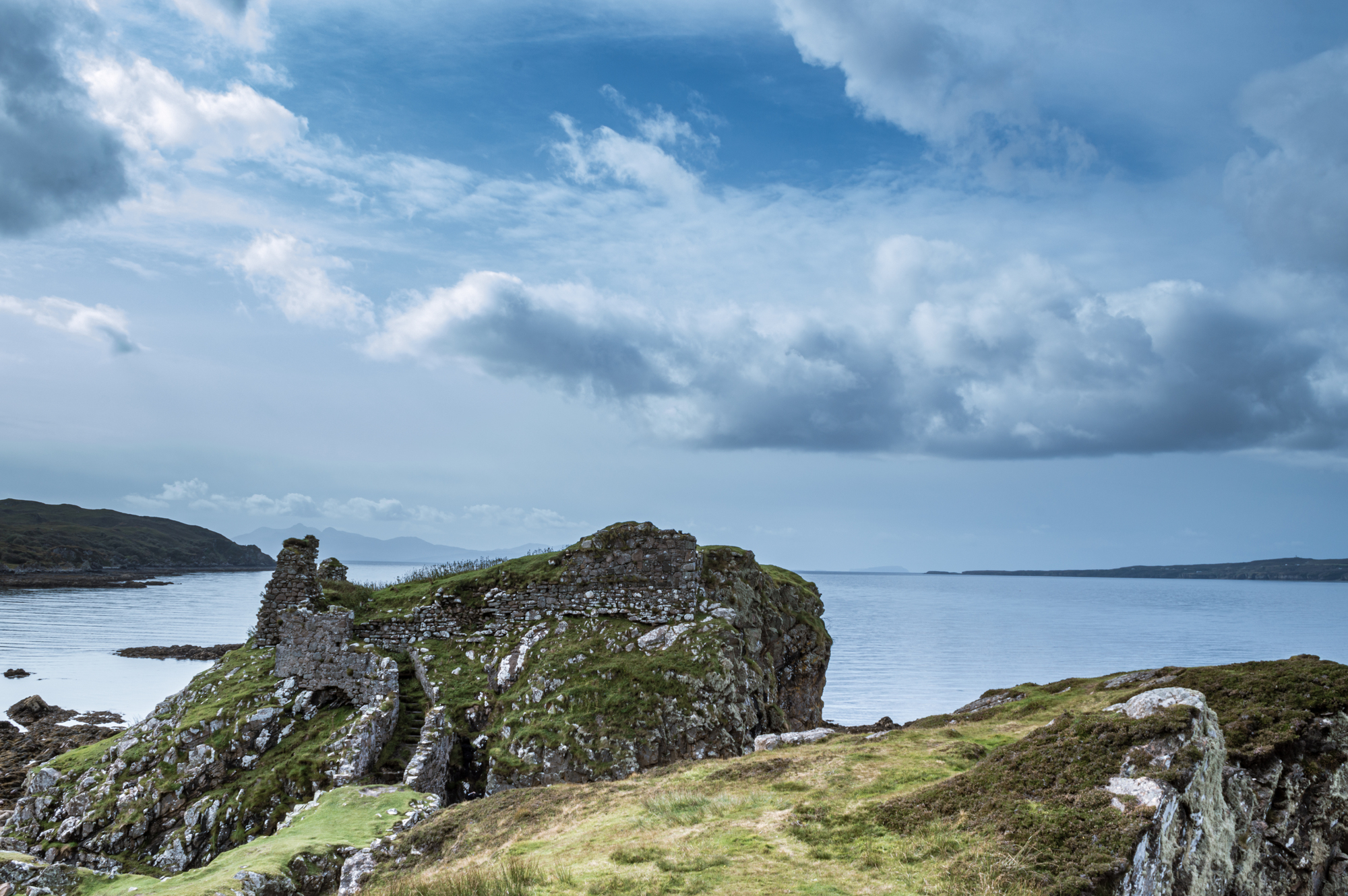
Balanced precariously on a rocky promontory on the Isle of Skye, Dunscaith Castle overlooks the Sound of Sleat with views toward the mainland Highlands. The ruins are so integrated with the natural rock formation that it’s sometimes difficult to tell where geology ends and medieval masonry begins.
This was allegedly the site of a legendary warrior school run by the mythical Scáthach, who trained heroes including the Irish legend Cú Chulainn. The dangerous approach to the castle ruins adds to their mystique, requiring careful navigation across slippery rocks and steep drops.
Like Travel Pug’s content? Follow us on MSN.
Breachacha Castle
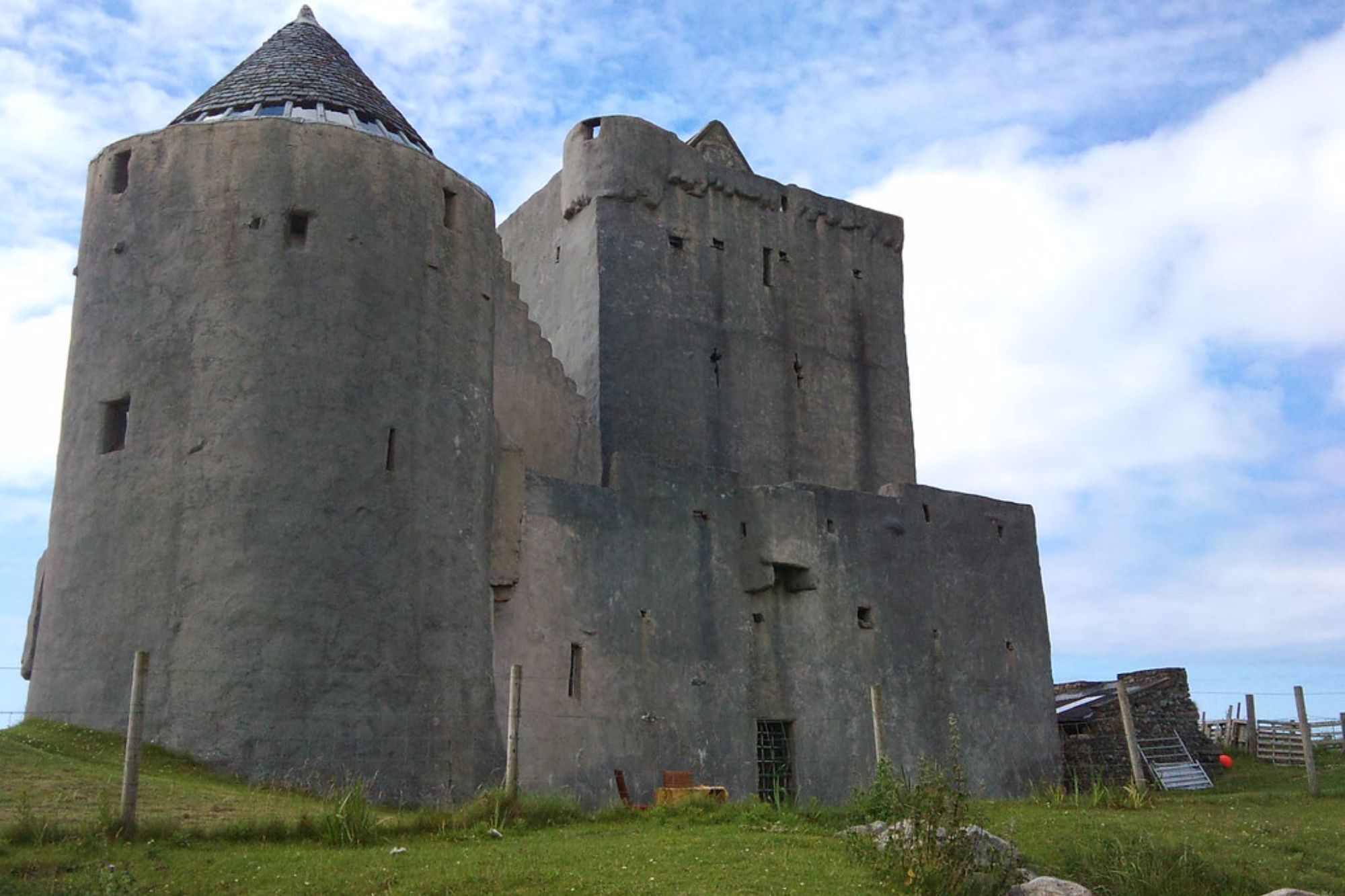
On the remote island of Coll, Breachacha Castle stands as a testament to medieval engineering in one of Scotland’s most isolated locations. Old Breachacha Castle, the 15th-century tower house, was built by Clan MacLean and later served as a stronghold for various island chiefs.
The castle’s thick walls and strategic position allowed it to withstand both human attacks and the relentless assault of Atlantic weather. Today, the ruins offer a glimpse into island life during Scotland’s turbulent medieval period, when isolation was both protection and prison.
Coefficient Castle
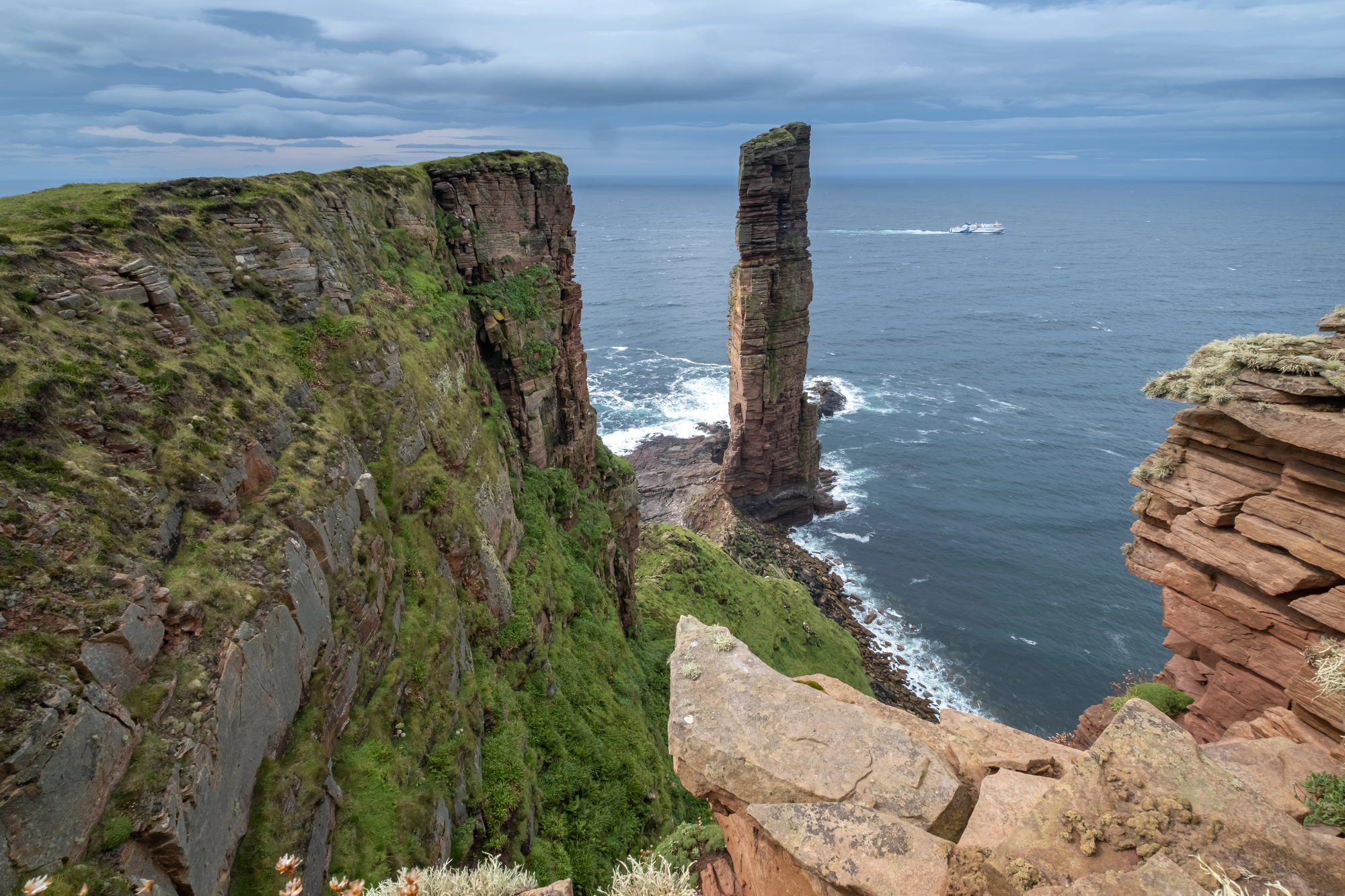
The fragmentary remains of this fortress cling to a rocky stack on the coast of Orkney, accessible only during the lowest tides. Built by Norse settlers in the 12th century, the castle controlled access to one of Orkney’s most important harbors.
The combination of North Sea storms and gradual erosion has reduced the once-mighty fortress to scattered foundation stones and a single standing wall. Archaeological evidence suggests the site was continuously occupied from Viking times through the late medieval period.
Dunstaffnage Castle
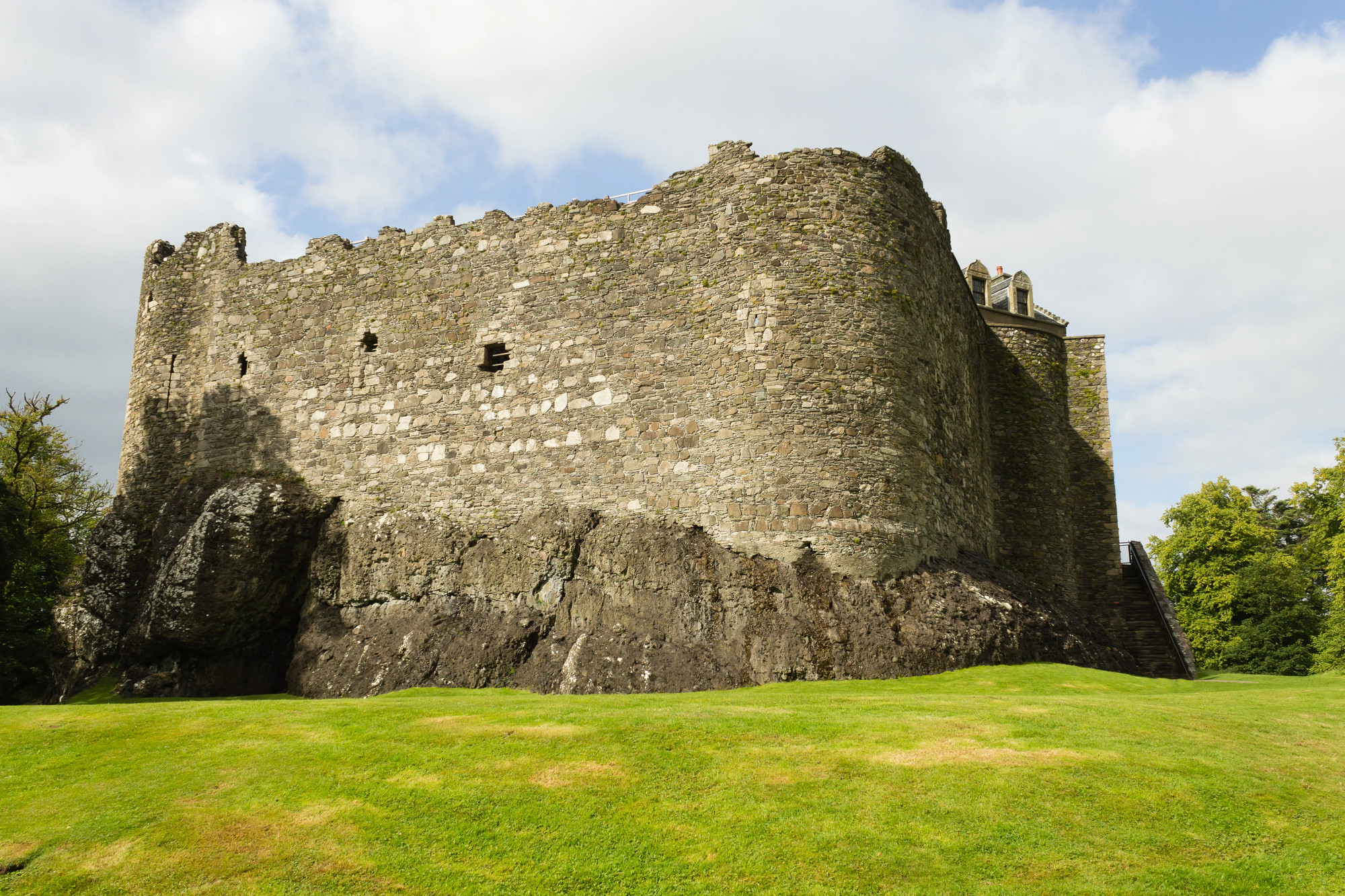
Though technically on the mainland, this castle sits on a rocky promontory that becomes an island during exceptionally high tides near Oban. The massive curtain walls rise directly from living rock, creating a fortress that seems to grow naturally from the landscape.
Built in the 13th century by the MacDougall clan, the castle played a crucial role in Scotland’s Wars of Independence. The Stone of Destiny allegedly rested here before being moved to Scone, adding royal significance to this already impressive stronghold.
Like Travel Pug’s content? Follow us on MSN.
Eilean Donan Castle
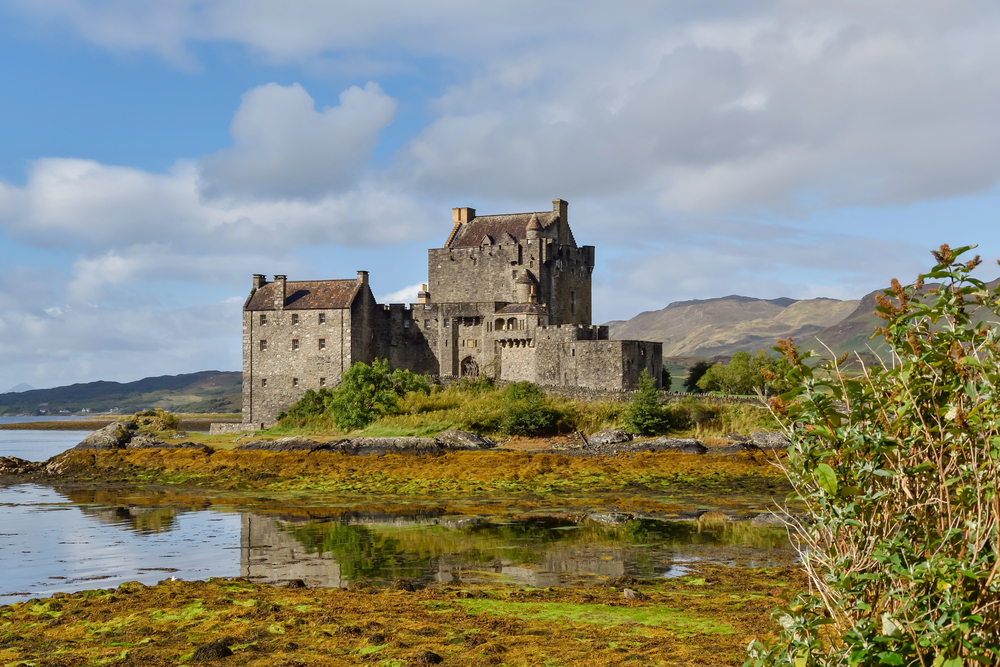
Perhaps Scotland’s most famous castle, Eilean Donan, sits on a small tidal island where three sea lochs meet in the western Highlands. The present-day structure is largely a 20th-century reconstruction, but it’s built on foundations that date back to the 13th century.
The castle’s picture-perfect setting has made it a favorite location for films and photographs, though the original medieval fortress was destroyed in 1719 during a Jacobite uprising. The stone bridge connecting the island to the mainland was added during the reconstruction, as the original castle could only be reached by boat.
Stalker Castle

This four-story tower house rises dramatically from a tidal islet in Loch Laich, creating one of Scotland’s most romantic castle scenes. Built in the 14th century by Clan MacDougall, the castle later passed to the Stewarts of Appin, who used it as a base for cattle raiding expeditions.
The castle’s isolated position meant it could only be supplied by boat, making it vulnerable during prolonged sieges. Today, the restored tower offers spectacular views across Loch Linnhe toward the mountains of Glencoe and Ben Nevis.
Dunvegan Castle
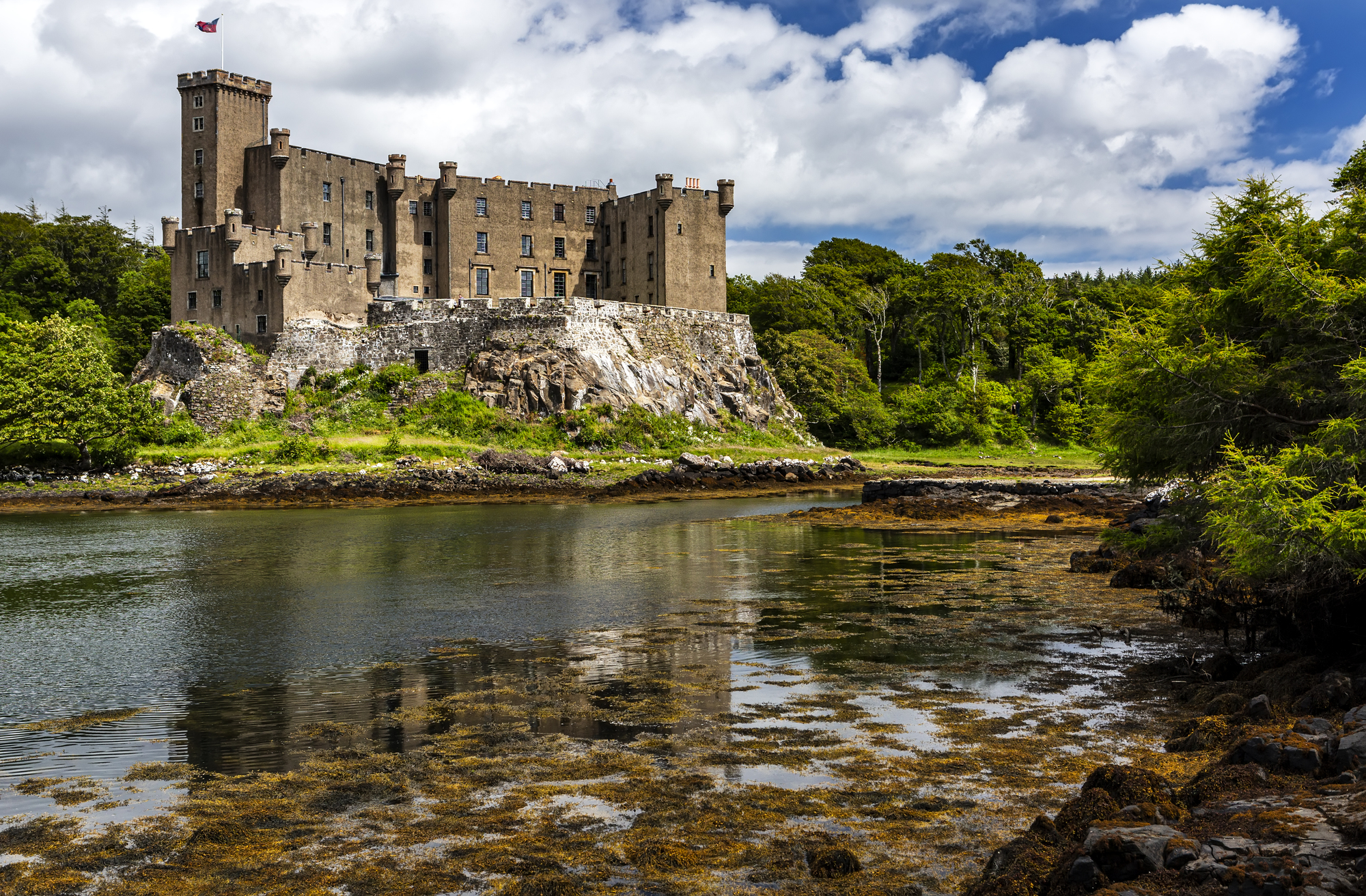
The ancestral seat of Clan MacLeod on the Isle of Skye has been continuously inhabited for over 800 years, making it one of Scotland’s oldest occupied castles. The original medieval fortress has been extensively modified over the centuries, but substantial ruins of the early castle remain integrated into the later structures.
The castle sits on a rocky platform overlooking Loch Dunvegan, with sea access that was the primary means of entry for centuries. The famous Fairy Flag, allegedly woven by supernatural beings, remains one of the clan’s most treasured possessions.
Like Travel Pug’s content? Follow us on MSN.
Ardtornish Castle
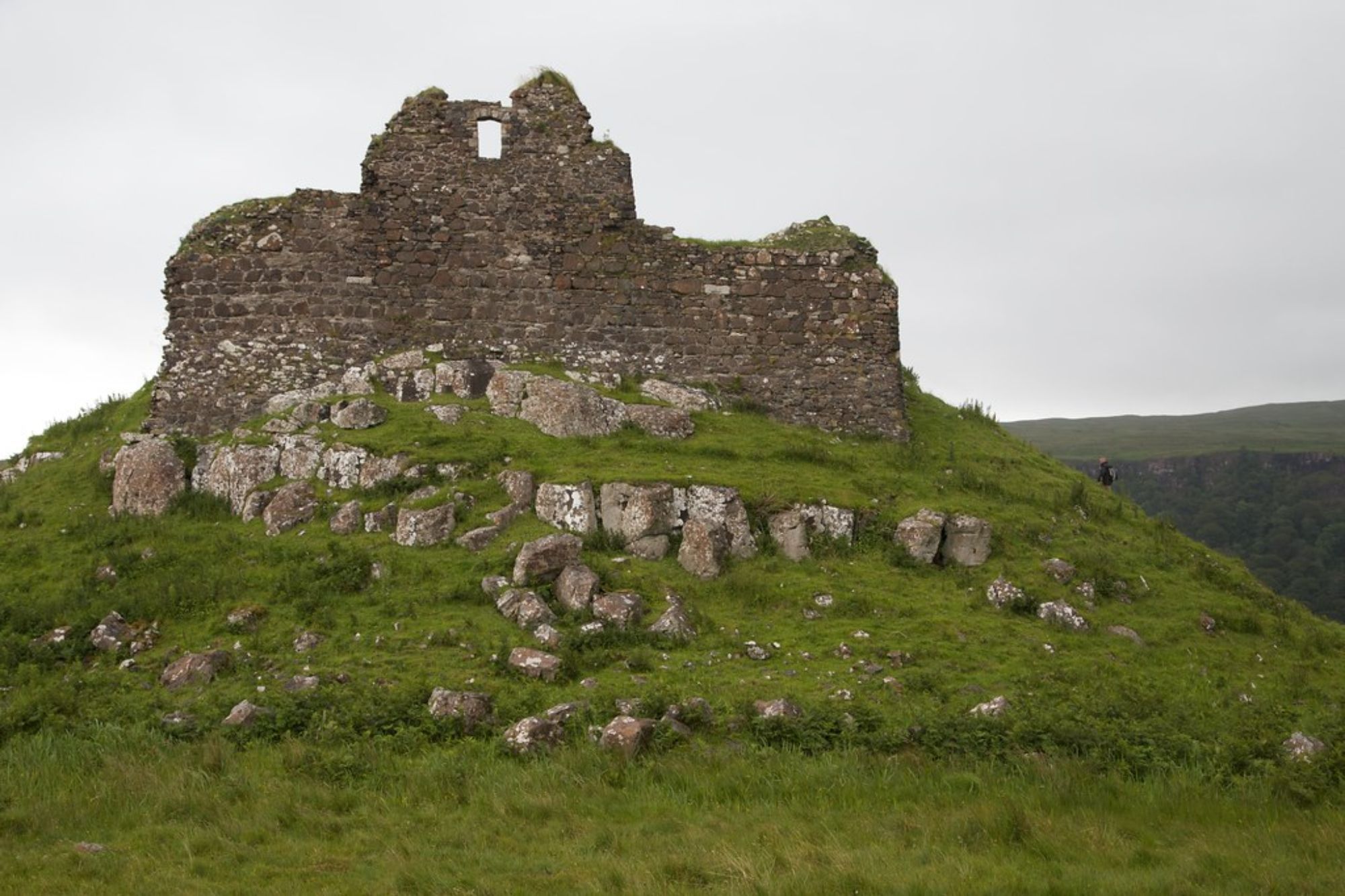
The scattered ruins of this once-mighty castle occupy a rocky promontory on the Morvern Peninsula, overlooking the Sound of Mull. Built in the 14th century by the Lords of the Isles, Ardtornish served as one of their principal residences and the site of important political negotiations.
The castle’s great hall allegedly hosted the Treaty of Ardtornish-Westminster in 1462, a secret agreement that nearly changed the course of Scottish history. Today, only foundation walls and fragments of the great hall remain, but the site’s historical significance far outweighs its modest physical remains.
Borve Castle

On the island of Benbecula in the Outer Hebrides, the ruins of Borve Castle stand as one of the most remote medieval fortresses in Scotland. This 14th-century hall house was built by Clan MacRuairi and later controlled by various branches of Clan MacDonald.
The castle’s isolation in the western ocean made it a perfect refuge for Gaelic lords resisting royal authority from Edinburgh. The surrounding machair landscape, with its shell-sand beaches and flower-rich grasslands, provides a stunning contrast to the dark stone ruins.
Claig Castle

The fragmentary remains of this island fortress occupy a rocky outcrop in Jura in the Inner Hebrides. Built in the late medieval period, the castle controlled one of the few crossing points on this remote Highland loch.
The ruins consist mainly of foundation walls and the base of what was once an impressive tower house. The castle’s remote location meant it was probably used more as a hunting lodge and refuge than a primary residence, serving the needs of Highland chiefs during their seasonal movements through the mountains.
Like Travel Pug’s content? Follow us on MSN.
Finlaggan Castle
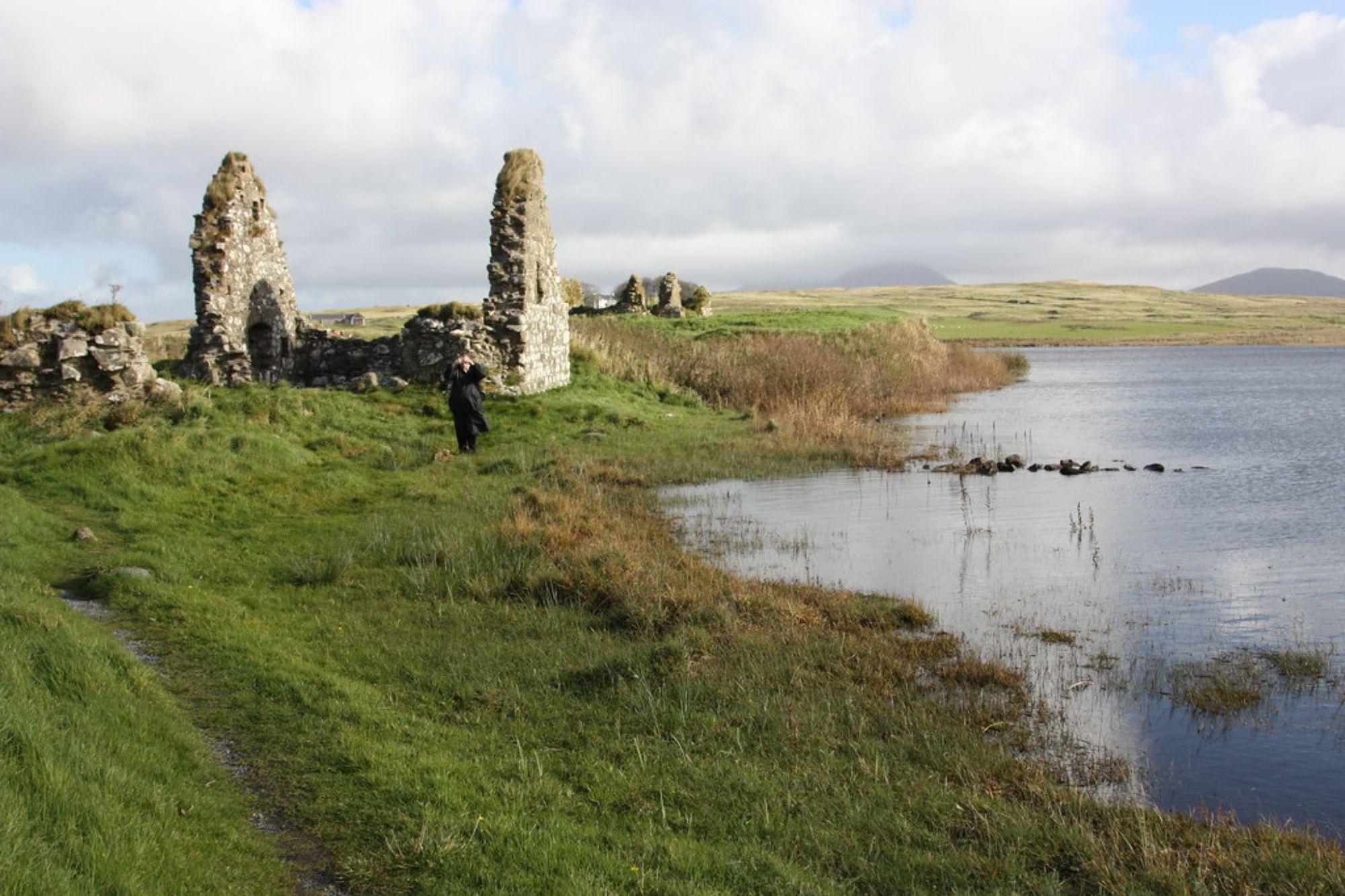
On a small island in Loch Finlaggan on Islay, the scanty ruins of this castle mark one of the most important sites in Scottish medieval history. This was the ceremonial center of the Lords of the Isles, where they held court and received homage from subordinate chiefs throughout the Hebrides.
The castle itself was never particularly large or impressive, but its political significance was enormous during the height of the island kingdom. Archaeological excavations have revealed the foundations of a great hall and chapel, along with evidence of the elaborate ceremonies that took place here.
Gylen Castle
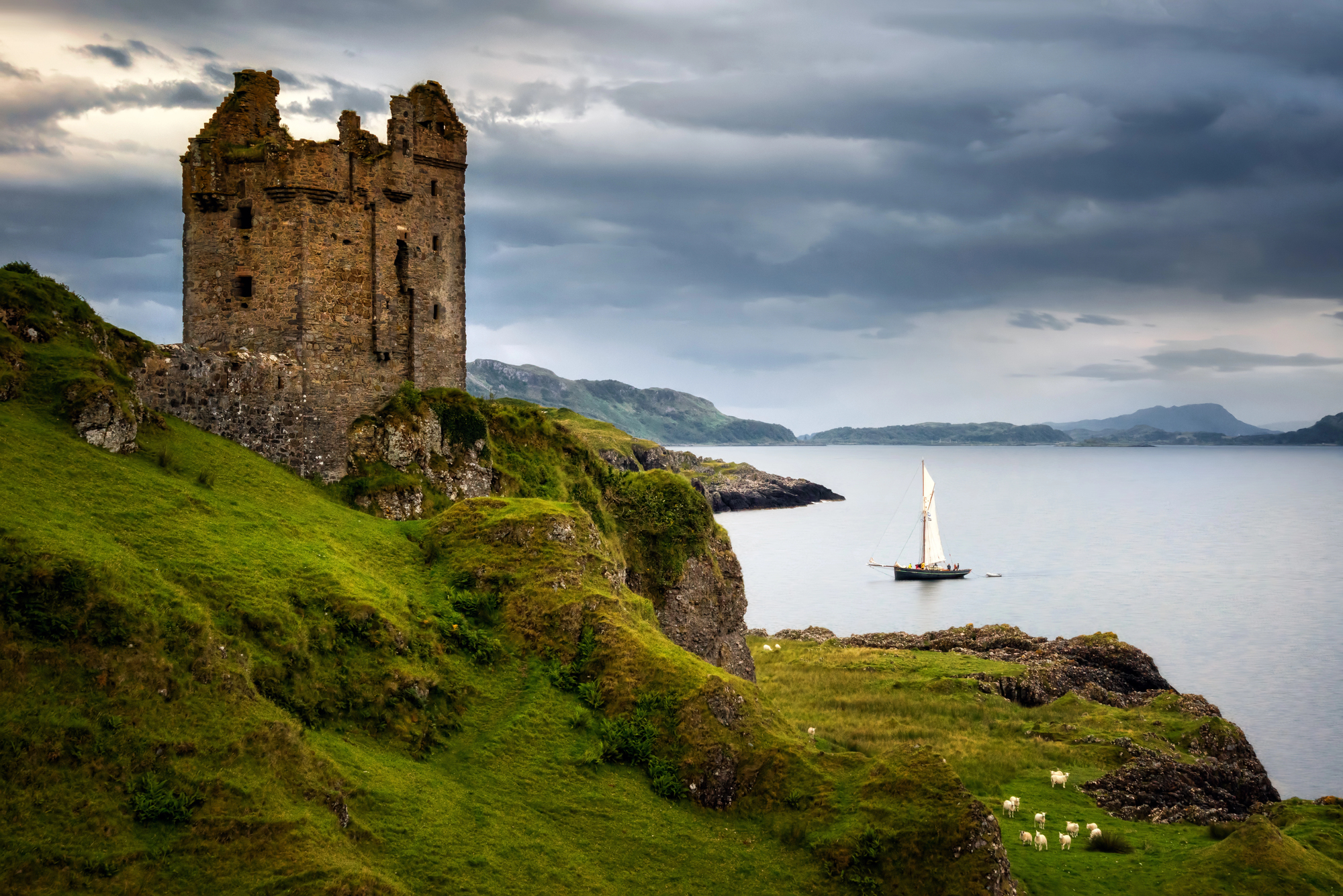
Perched on a cliff top on the island of Kerrera near Oban, Gylen Castle commands spectacular views across the Firth of Lorn. Built in 1582 by Clan MacDougall, this relatively late castle represents the final flowering of Scottish tower house construction.
The castle was besieged and burned by government forces in 1647 during the Wars of the Three Kingdoms, and has remained a ruin ever since. The four-story tower house retains much of its original height, with corbelled parapets and gun loops that show the evolution of castle design in the age of gunpowder.
Earl’s Palace
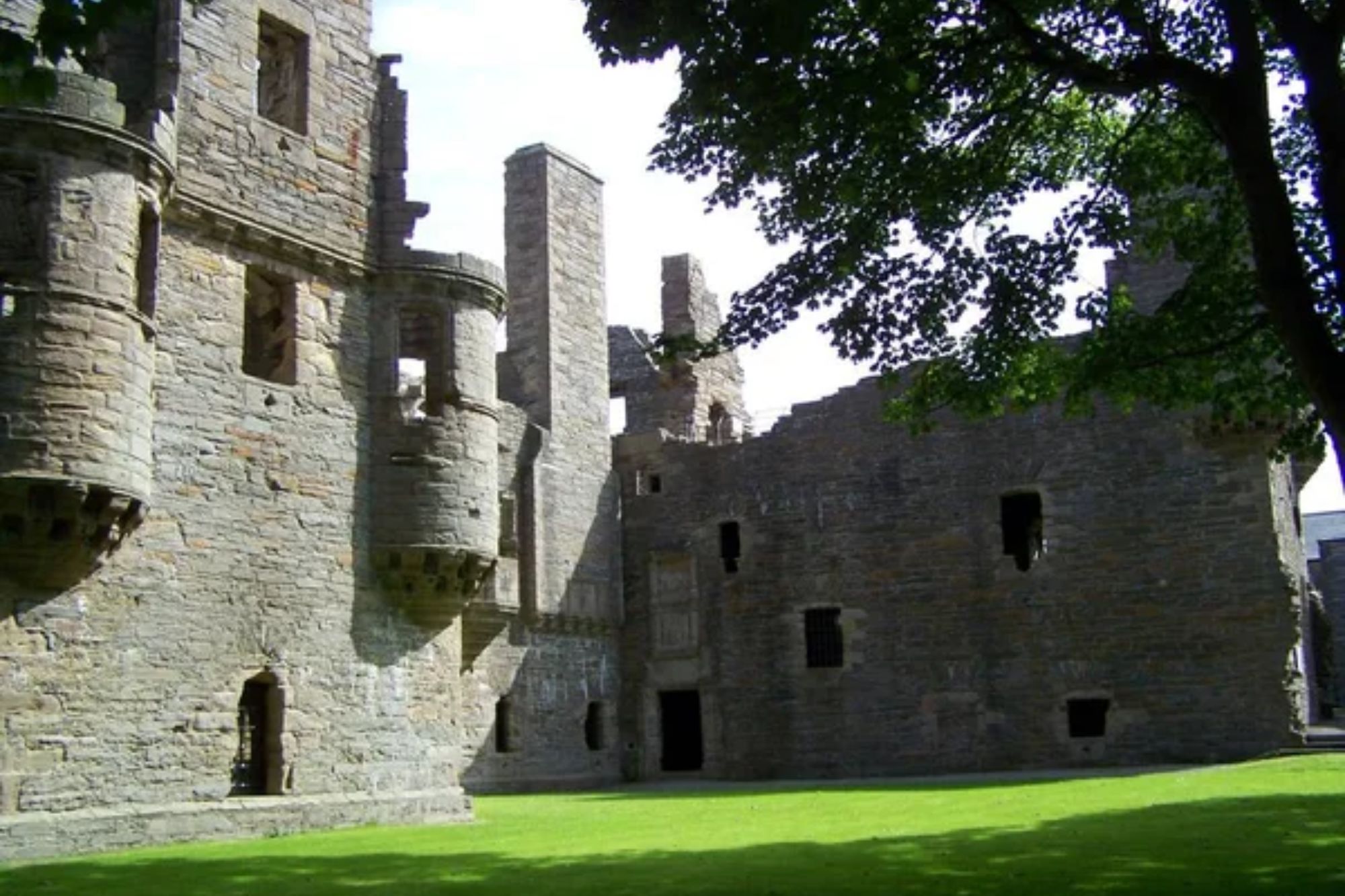
On the island of Kirkwall in Orkney, the ruins of this Norse royal hall represent one of Scotland’s most significant Viking Age monuments. Built in the 12th century for Earl Hakon Paulsson, the hall served as both a residence and a symbol of Norse power in the northern isles.
The massive stone walls, built in the Romanesque style, demonstrate the wealth and sophistication of Orkney’s Norse earls. Though roofless, the hall’s walls still stand to an impressive height, with Romanesque arches and decorative stonework that rivals contemporary buildings in Norway.
Like Travel Pug’s content? Follow us on MSN.
Dun Ara Castle
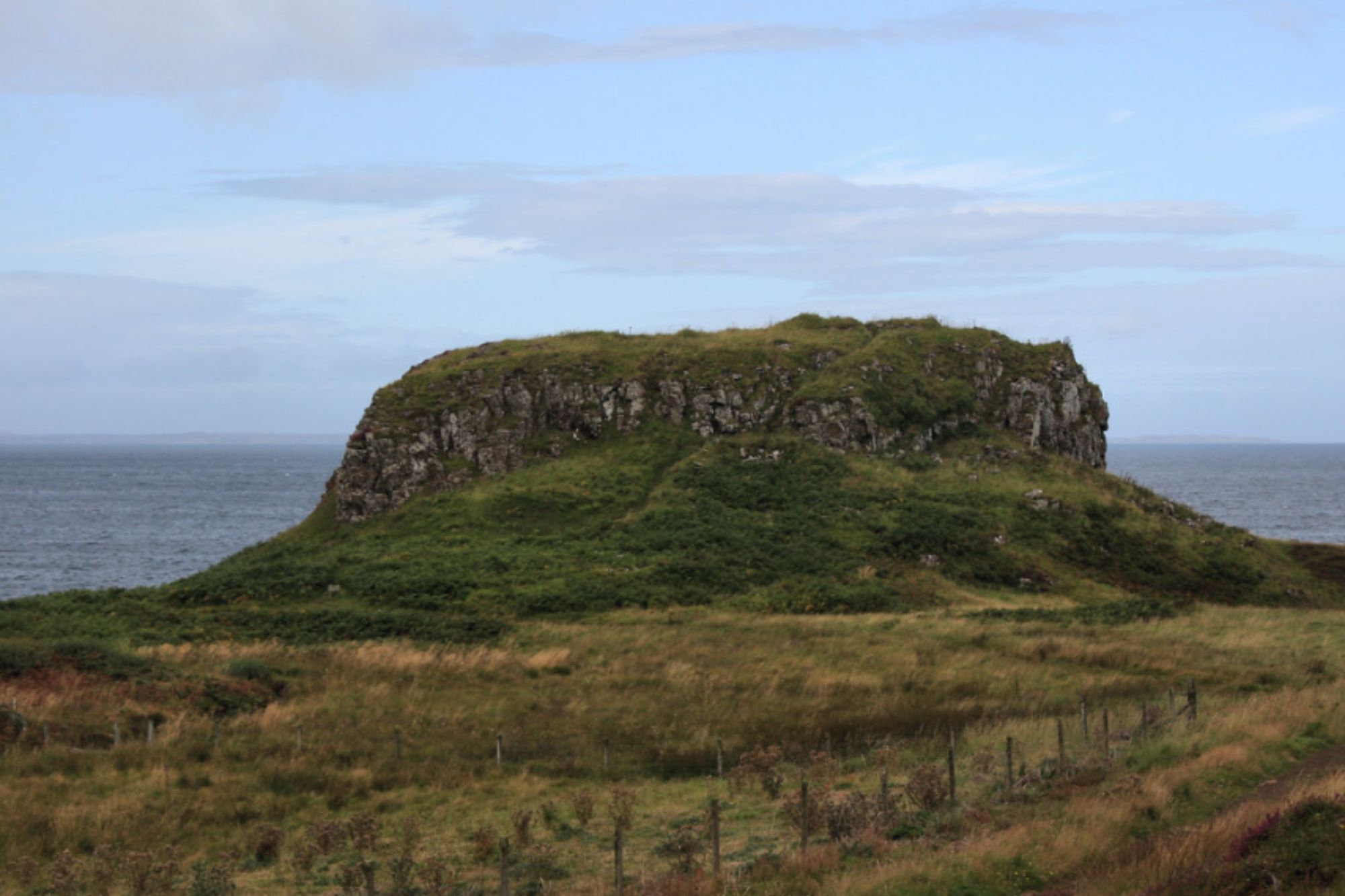
The ruins of this small island castle occupy a rocky islet in Loch Sween on the west coast of Scotland. Built in the 13th century, the castle consisted of a simple rectangular hall house protected by a curtain wall that followed the island’s natural contours. The strategic position allowed the castle to control boat traffic on the loch while providing secure anchorage for the owner’s vessels.
Today, the ruins are partially submerged during high tides, with ivy and elder trees growing from cracks in the medieval masonry.
Guardians of Ancient Waters
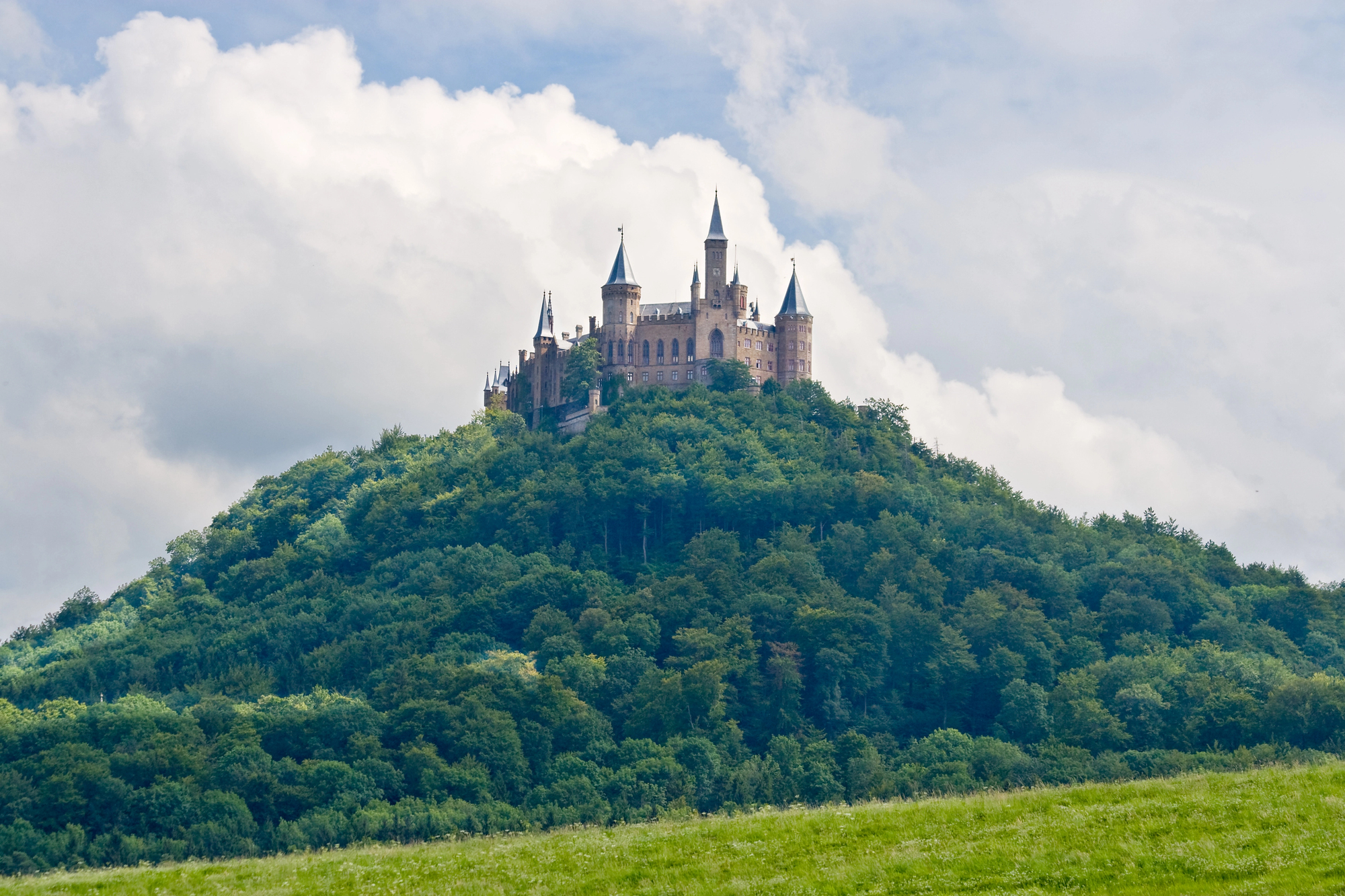
These island castle ruins represent more than just crumbling stones—they’re the physical remnants of a time when Scotland’s clan chiefs ruled their territories like independent kingdoms. The medieval lords who built these fortresses understood that controlling the water meant controlling trade, communication, and ultimately power itself.
Many of these castles have witnessed the ebb and flow of Scottish history, from Viking raids to Jacobite uprisings, serving as both shelter and symbol for the proud clans who called them home. Today, as nature slowly reclaims these ancient strongholds, they offer modern visitors a tangible connection to Scotland’s wild past, where survival depended on stone walls and the courage to defend them.
More from Travel Pug

- 20 Best Beach Towns in the Carolinas
- 13 Destinations Where Tourists Regularly Regret Their Trip
- 20 Destinations That Are More Magical Without an Itinerary
- 20 Underrated Adventures That Belong on Your Travel List
- 20 Cities Where You Should Just Wing It, No Planning Required
Like Travel Pug’s content? Follow us on MSN.
